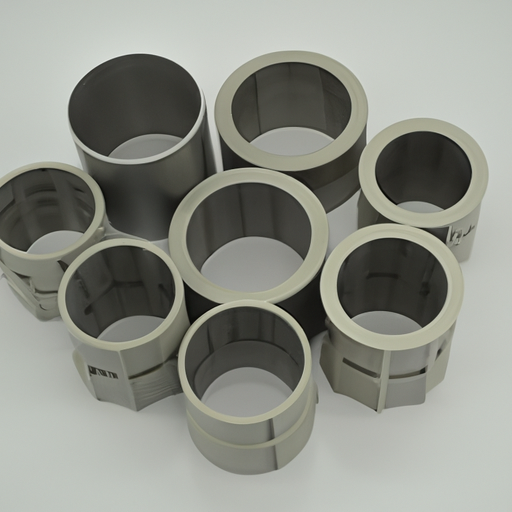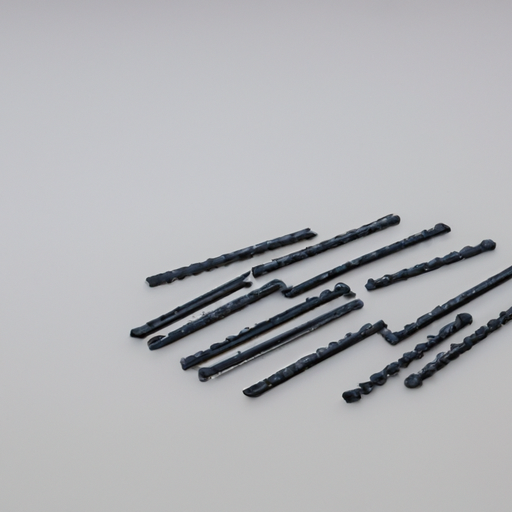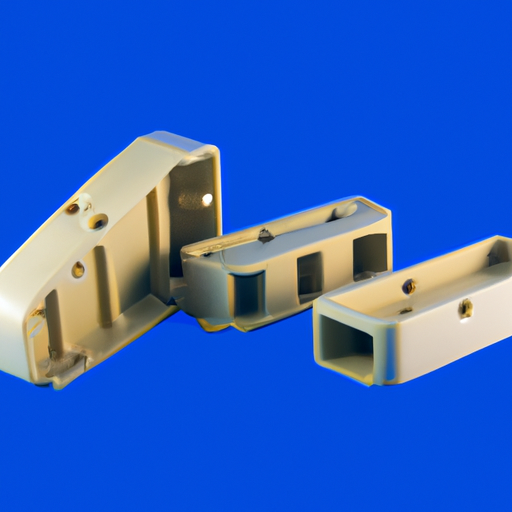Key Considerations for Effective Plastic Part Design

Plastic part design is a critical aspect of product development, as it directly impacts the functionality, durability, and overall quality of the final product. Whether you are designing a small component or a complex assembly, there are several key considerations that must be taken into account to ensure effective plastic part design.
One of the first considerations is material selection. Choosing the right plastic material is crucial, as different materials have varying properties that can greatly affect the performance of the part. Factors such as strength, flexibility, heat resistance, and chemical resistance must be carefully evaluated to determine the most suitable material for the intended application. Additionally, the cost and availability of the material should also be considered to ensure feasibility and cost-effectiveness.
Once the material is selected, the next consideration is the part’s geometry. The design should be optimized to minimize material usage while maintaining structural integrity. This not only helps reduce costs but also ensures that the part is lightweight and efficient. It is important to avoid sharp corners and thin walls, as these can lead to stress concentrations and potential failure points. Instead, rounded corners and gradual transitions should be incorporated to distribute stress evenly and improve overall strength.

Another important aspect of plastic part design is the incorporation of features such as ribs, gussets, and bosses. These features help enhance the part’s strength and rigidity, especially in areas that are prone to high stress or load. Ribs, for example, can be strategically placed to provide additional support and prevent warping or deformation. Similarly, bosses can be used to reinforce screw bosses or provide mounting points for other components. By carefully considering and incorporating these features, the overall performance and longevity of the part can be significantly improved.
In addition to geometry and features, the design should also take into account the manufacturing process. Plastic parts are typically manufactured through injection molding, which involves injecting molten plastic into a mold cavity. Therefore, the design should be moldable and allow for easy ejection of the part from the mold. This means that undercuts, sharp edges, and complex geometries should be avoided, as they can complicate the molding process and increase production costs. Designing with manufacturability in mind not only ensures a smooth production process but also helps reduce lead times and overall costs.
Furthermore, it is essential to consider the assembly and integration of the plastic part within the larger product. The design should allow for easy assembly and disassembly, as well as proper alignment and fit with other components. This may involve incorporating features such as snap fits, interlocking tabs, or threaded inserts. By considering the assembly process during the design phase, potential issues and complications can be identified and addressed early on, saving time and resources during production.
In conclusion, effective plastic part design requires careful consideration of various factors, including material selection, geometry, features, manufacturability, and assembly. By taking these considerations into account, designers can create plastic parts that are not only functional and durable but also cost-effective and easy to manufacture. Ultimately, a well-designed plastic part contributes to the overall success and satisfaction of the end product.
| Delivery | PE bag + paper card/paper skin + export-grade carton / crate / Pallet |
| Technology | Foaming / Ordinary Injection / Structual Foam Molding / Over-Molding / Gas Assisted Injection Molding |




